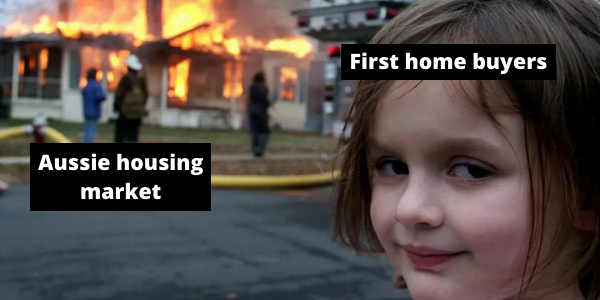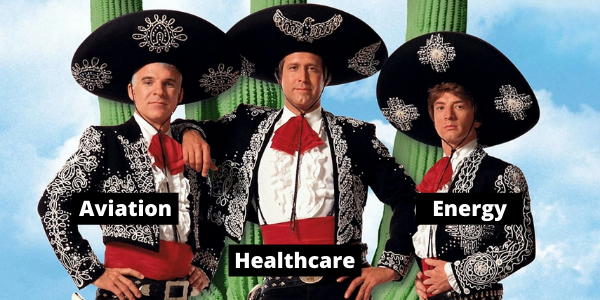Get smarter than your boss in 5 minutes with today's business news.
🏡 The Australian housing market's clearance rates are slowing
💡 General Electric is breaking up with itself
🦄 OpenWeb becomes a unicorn
Hey hey Flux fam!
Have you played our 2 minute savings quiz yet?! Read this article...then answer the questions. Whoever tops the leader board after Friday's quiz will win a $50 UberEats voucher 🏆
Here's everything you need to know today - in under 3 minutes.
🏡 The Australian housing market's clearance rates are slowing
💡 General Electric is breaking up with itself
🦄 OpenWeb becomes a unicorn
A major Aussie hospitality group has partnered with Afterpay to provide the buy now, pay later service at more than 160 pubs and hotels across the country. But not everyone is keen on the idea...experts are concerned alcohol and credit ain't a good mix.

Background: The Aussie property market has been on fire lately. In fact, house values have been increasing at around $200 billion every month...and the average house price rose by $52,600 in the the three months to June. Ouch!
What happened: The auction clearance rate is sitting at around 76.1%, which is actually down from 83.2% in the last weekend of October - according to data from CoreLogic.
What else: So with less properties clearing...experts reckon this is a sign that the red-hot property market may be cooling down. But then again, they've said this before 🙄.
💡The auction clearance rate is the percentage of properties up for auction that actually sold on a particular week or month.
Let's do the maths:
💡 And property experts use the auction clearance rate as a proxy for the demand in the market.
💡When the auction clearance rate is high, it means there's strong buyer demand and an undersupply of available properties. When the auction clearance is low, it means there's weak buyer demand, and an oversupply of houses. So get ya deposits ready!

Background: General Electric are a global energy conglomerate founded back in 1892 by Thomas Edison - aka the inventor of the light bulb.
What happened: Fast-forward to 2021, and this crew are worth around $165 billion...and they're kinda like the jack of all trades (but master of none).
What else: GE have been underperforming for years because they've got too much on their plate. So, they've decided to split the conglomerate into 3 separate companies focused on aviation, healthcare and energy to boost their bottom line.
💡A conglomerate is a corporation that's made up of a number of different business (like Wesfarmers, which has Kmart, Bunnings, Officeworks and more under its umbrella).
💡Often, businesses within the conglomerate aren't related, and it can mean that the conglomerate is straying away from its core competency - aka what they're good at. Sometimes it works, but sometimes...not so much.
💡By splitting up, GE hopes each company can focus on what it's good at...and make more money.

Background: OpenWeb are a social engagement platform that builds online communities, and helps publishers monitor online comments sections within those communities.
What happened: The company are used by publishers like Refinery29, HuffPost and Techcrunch to get rid of toxic comments and make space for safe, open communication amongst readers.
What else: After its latest funding round, the company has been valued at US$1.1 billion - the magical unicorn status.
💡The social platforms that were originally designed to bring us together, like Facebook, Insta, TikTok...are often pushing us apart these days.
💡In fact, more than 53% of Australians have experienced cyber bullying, according to headspace (we've copped it too). And because of this, publishers are moving away from building audiences on social media.
💡Instead, they’re trying to create other trusted spaces to build relationships (on their app or website). And it's needed more than ever. A recent High Court case in Australia found that publishers need to be responsible for comments on their socials...which has laid the foundation for OpenWeb to flourish.
Sign up for Flux and join 100,000 members of the Flux family